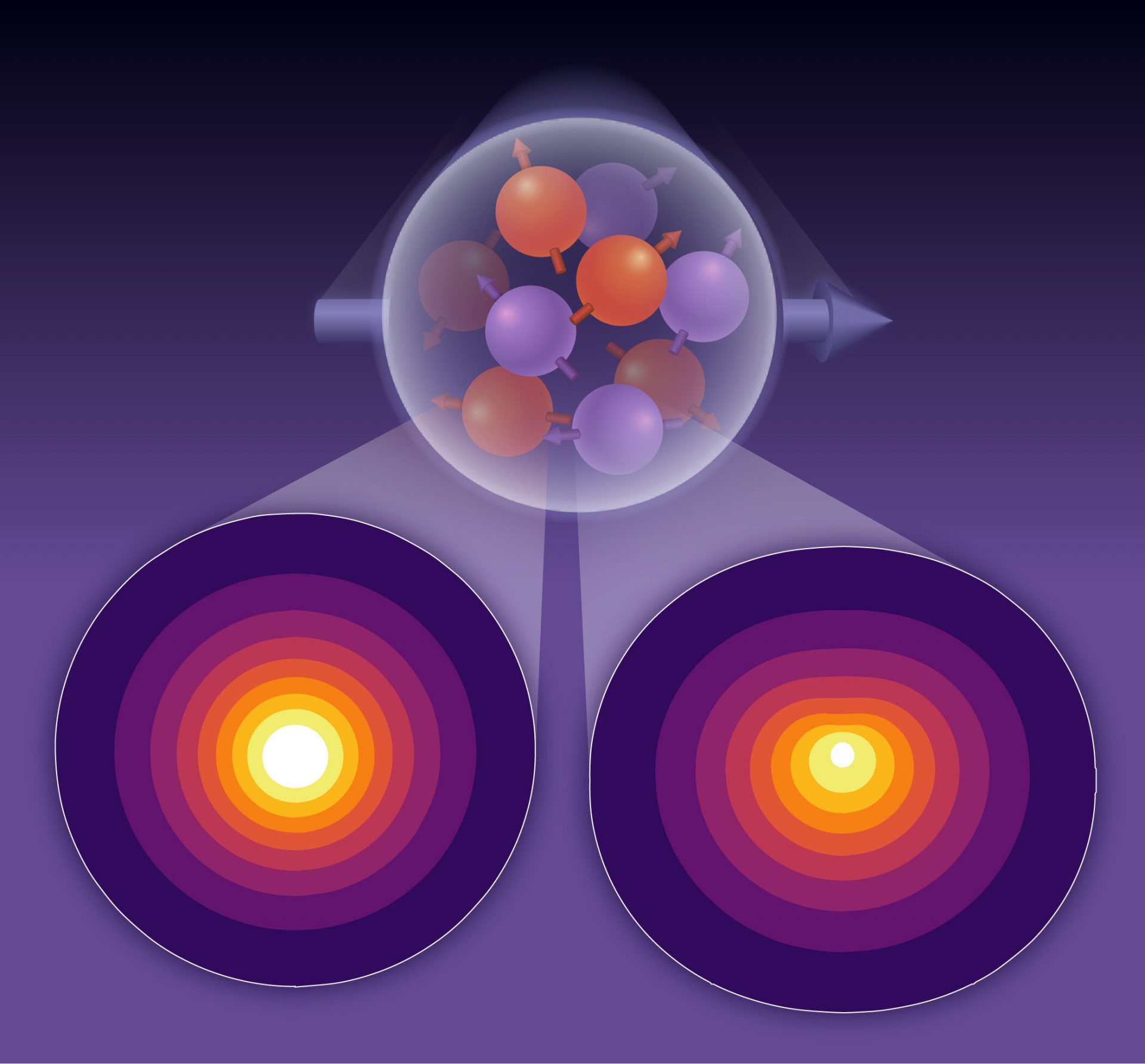Rechargeable lithium-ion batteries are the powerhouses behind smartphones, electric vehicles, and solar and wind energy storage. They have revolutionized technology. However, there is another technology, the lithium-metal battery, that has not been widely developed or adopted. The reason for this is the increased risk of fire and explosions associated with lithium-metal batteries, despite their potential to hold double the energy of lithium-ion batteries.
But now, a groundbreaking study by the California NanoSystems Institute at UCLA has uncovered a fundamental discovery that could pave the way for safer and more efficient lithium-metal batteries. The researchers have found a way to prevent corrosion during the deposition of metallic lithium, which has led to the formation of a surprising shape – the rhombic dodecahedron. This discovery challenges the previous understanding of lithium-metal batteries and opens up new possibilities for high-performance energy technology.
Traditionally, lithium-ion batteries store lithium atoms in a carbon structure, while lithium-metal batteries coat the electrode with metallic lithium, allowing for a higher energy density. However, the deposition process of lithium often leads to the formation of branching filaments with protruding spikes, which can cause short circuits and explosions.
By preventing corrosion and allowing lithium atoms to assemble in an orderly form, the risk of explosions can be significantly reduced. This finding also raises the question of whether the shape of lithium can be further manipulated to enhance the safety and performance of batteries.
The researchers at UCLA developed a new technique for depositing lithium at a faster rate, surpassing the corrosion reaction. By adjusting the shape of the electrode, they were able to achieve the desired results without compromising safety. Cryo-electron microscopy played a crucial role in visualizing the shape of lithium at the atomic level.
This study marks a significant step forward in the development of lithium-metal batteries. While further optimization is needed, the potential for safer and more efficient energy storage is within reach.








